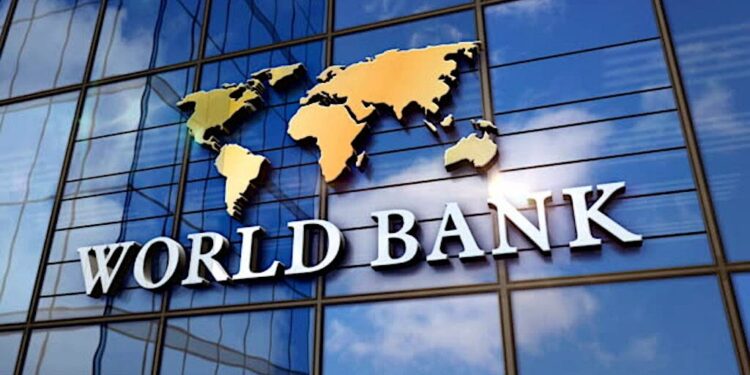The World Bank (WB) has sharply downgraded Nepal’s economic growth projection to 2.1 percent for the current fiscal year, citing widespread political unrest triggered by the Gen Z movement and resulting instability.
Earlier, in its April report, the WB had forecast Nepal’s growth at 5.2 percent, while the Asian Development Bank (ADB) projected 5.1 percent for FY 2025/26. The latest update thus marks a significant downward revision of 3.1 percentage points in the WB’s projection.
Unveiling its South Asia Development Update on Tuesday, the WB attributed Nepal’s economic slowdown to protests that damaged public and private infrastructure, political uncertainty, climate shocks, and weak investor confidence.
According to the report, Nepal’s economy recorded an average annual growth rate of 4.3 percent between FY 2011/12 and FY 2023/24. Supported by strong hydropower generation, industrial recovery, and agricultural growth, the country’s GDP growth rose to 4.6 percent in FY 2024/25, up from 3.7 percent the previous year.
However, the WB noted that September’s nationwide unrest—the worst in decades—has derailed momentum. The Bank warned that continued turmoil could push Nepal’s economy to contract by 1.5 to 2.6 percent.
“International tourist arrivals are expected to decline sharply and asset losses will affect the insurance industry. Weaker investor confidence is expected to impede private investment and non-hydro construction. Delayed rainfall in a major rice-producing province will hamper the agricultural sector,” the report stated.
Despite the grim short-term outlook, the WB remains cautiously optimistic about reconstruction-led recovery beginning in FY 2026/27, with stronger growth anticipated in FY 2027/28. However, the Bank also noted that Nepal may not benefit from artificial intelligence (AI) advancements as much as its regional peers, due to its large agricultural workforce and low average skill levels.
Regional Context
In South Asia, the WB projects 2026 growth at:
- Bangladesh – 4.8%
- Bhutan – 7.3%
- India – 6.5%
- Maldives – 3.9%
- Sri Lanka – 3.5%
For the region as a whole, growth is expected to reach 6.6 percent in 2025, before slowing to 5.8 percent in 2026.
The WB highlighted that AI could drive long-term growth by enhancing productivity, particularly for the 15 percent of South Asian workers in jobs where AI complements human labor.
However, the report also warned of ongoing socio-political risks, noting that several South Asian nations—including Nepal (2025), Bangladesh (2024), and Sri Lanka (2022)—have experienced major public uprisings in recent years.
High debt levels across the region, coupled with rising global interest rates, leave fiscal systems vulnerable. The WB cautioned that any slowdown could quickly affect financial stability, given banks’ large holdings of sovereign debt.
Finally, the report underscored that AI adoption, trade tensions, and geopolitical pressures could shape the region’s future—boosting productivity on one hand but also disrupting labor markets, raising energy costs, and weakening manufacturing competitiveness.









